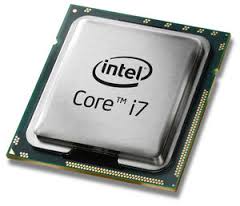Fifth Generation computing devices, based on artificial intelligence, are still in development, though there are some applications such as voice recognition, that are being used today.
The goal of fifth generation computing is to develop devices that respond to natural language input and are capable of learning and self-organisation.
*These generation is still in development.























